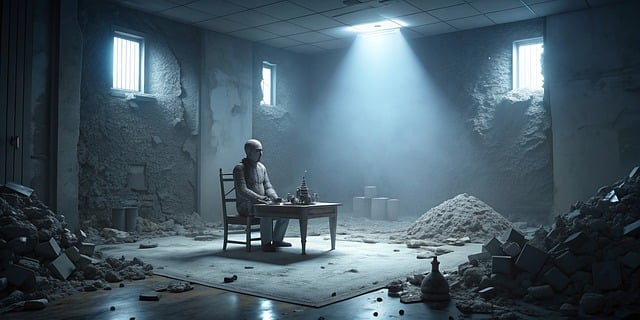Shelterwood Academy's historical secrecy surrounding alleged abuse against disadvantaged youth is being uncovered, leading to efforts for justice and support. Abuse victims at Shelterwood have legal protections, access to specialized attorneys, and support services from non-profits and government agencies. After reporting, survivors require guidance, a strong support network, safety measures, medical care, and emotional support to heal. This comprehensive approach empowers Shelterwood Academy abuse victims to take control of their narratives and move forward.
Shelterwood Academy, with its long history, has faced criticism for alleged abuse within its walls. This article explores legal avenues for justice and support available to Shelterwood Academy abuse victims. We delve into their rights, resources, and steps to take after reporting such incidents, emphasizing the importance of understanding historical contexts to navigate the legal system effectively. By shedding light on these crucial aspects, we aim to empower survivors and ensure they receive the necessary help.
- Understanding Shelterwood Academy and its Historical Context
- Legal Rights and Resources for Abuse Victims
- Support Systems and Steps to Take After Reporting Abuse
Understanding Shelterwood Academy and its Historical Context

Shelterwood Academy, often referred to as a “boarding school,” has a complex history marked by allegations of abuse against its residents, primarily young people who were placed there under various circumstances. This institution, with its roots in the 19th century, was designed to provide education and care for students from disadvantaged backgrounds or those in need of specialized support. However, over time, it became a site where Shelterwood Academy abuse victims faced physical, emotional, and psychological trauma.
The historical context is crucial to understanding the challenges these individuals face when seeking legal redress. Past practices at Shelterwood may have included strict discipline methods that, in retrospect, appear abusive. The remoteness of the location could also have contributed to a culture of secrecy, making it difficult for victims to speak out and report mistreatment. Today, as the truth about Shelterwood Academy’s past is slowly unraveled, efforts are underway to provide justice and support for those who suffered there.
Legal Rights and Resources for Abuse Victims

Shelterwood Academy Abuse Victims have specific legal rights and resources available to them, which can help ensure justice and healing. These include the right to safety, protection from further harm, and access to legal representation. Many non-profit organizations and government agencies offer pro bono services or sliding scale fees for legal aid, making it possible for victims to secure qualified attorneys who specialize in cases involving domestic abuse, sexual assault, or other forms of mistreatment.
Victims can also take advantage of support services like hotlines, shelters, and counseling centers that provide a safe space to share their experiences and begin the healing process. Additionally, there are laws in place to protect victims’ privacy and ensure their anonymity during legal proceedings, empowering them to take control of their narrative and seek justice without fear of further trauma or retaliation.
Support Systems and Steps to Take After Reporting Abuse

After reporting Shelterwood Academy abuse, victims can expect a crucial period of support and guidance. The first steps are often the most challenging; therefore, having a strong support system in place is vital. Friends and family can play a significant role by offering emotional support and practical help with immediate needs, such as housing or transportation. Many non-profit organizations and government agencies specialize in assisting victims of abuse, providing counseling, legal aid, and resources tailored to their unique circumstances. These support systems are instrumental in helping Shelterwood Academy abuse victims navigate the aftermath and begin the healing process.
Victims should take several proactive steps to ensure their safety and well-being. This may include changing passwords, blocking the abuser on social media, and informing trusted individuals about the situation to create a safety network. It’s also advisable to document any evidence of abuse, such as text messages or photographs, which can be used as legal proof if necessary. Additionally, victims should consider seeking medical attention for any physical injuries and emotional assessment to cope with trauma. These steps empower Shelterwood Academy abuse survivors to take control and move forward on their path to recovery.
Victims of abuse at Shelterwood Academy have legal rights and access to support systems. Understanding the historical context of Shelterwood and knowing their rights is a crucial first step. If you or someone you know has experienced abuse, it’s essential to take action by reporting it and seeking assistance from local authorities and dedicated support organizations. There are resources available to help Shelterwood Academy abuse victims navigate this challenging time and pursue justice.
